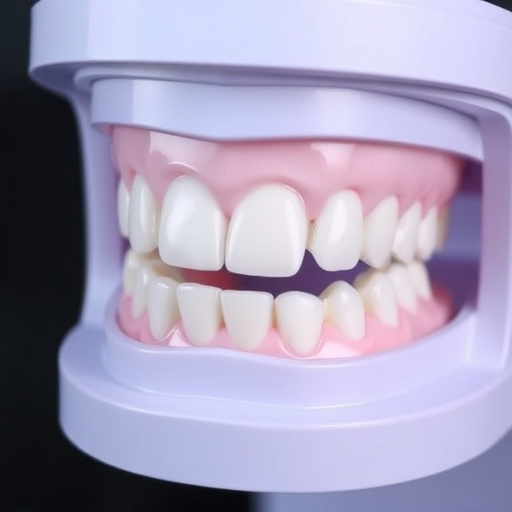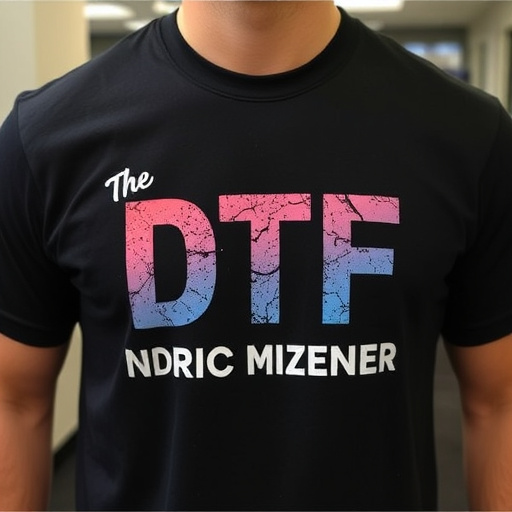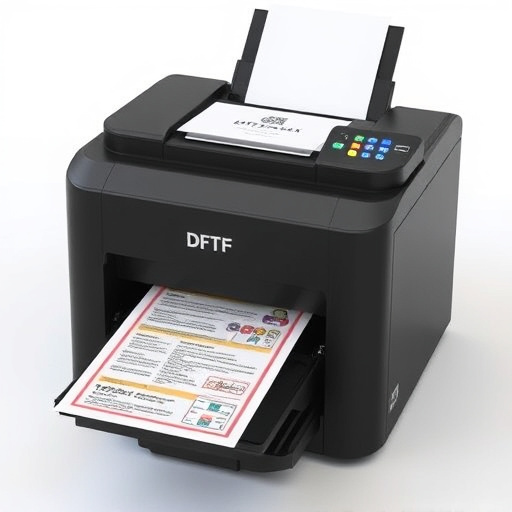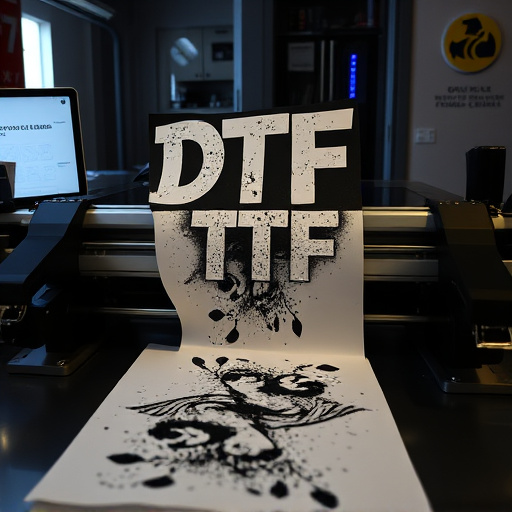Proper storage of DTF Transfer Film Rolls (used for direct-to-film printing) is key to maintaining quality and longevity. Keep them in cool, dry places with 30%-50% relative humidity, away from sunlight and extreme temperatures. Store rolls in original packaging or sealed containers, handle with clean, dry hands, avoid rolling/folding, and organize flat in archival containers to prevent damage and ensure optimal performance during printing on items like hoodies.
Storing and handling DTF transfer film rolls correctly is essential for maintaining print quality. This comprehensive guide delves into the best practices, addressing crucial aspects like understanding storage requirements and common mistakes to avoid. By following these guidelines, you’ll ensure your DTF transfer film rolls remain optimal for use, maximizing their lifespan and print performance. Learn how to navigate the proper handling and storage techniques for these delicate films.
- Understanding DTF Transfer Film Roll Storage Requirements
- Best Practices for Handling DTF Transfer Film Rolls
- Common Mistakes to Avoid When Storing and Handling DTF Film Rolls
Understanding DTF Transfer Film Roll Storage Requirements

Proper storage is key to maintaining the quality and longevity of a DTF Transfer Film Roll. This specialized roll, used in printing direct-to-film personalized items like hoodies, requires specific conditions to remain effective. Firstly, it’s crucial to store the film in a cool, dry place, away from direct sunlight or extreme temperatures. Humidity control is also essential; a relative humidity level between 30% and 50% is ideal to prevent both mold growth and excessive drying out of the film.
Additionally, the storage area should be clean and free from dust, dirt, or any contaminants that could degrade the film’s surface. It’s recommended to keep the DTF Transfer Film Roll in its original packaging or a sealed container to protect it from air particles. This meticulous handling and storage ensure that when you’re ready to use the film for printing dtf prints or creating direct to film personalized garments, it remains in prime condition, delivering crisp and accurate results every time.
Best Practices for Handling DTF Transfer Film Rolls

When handling DTF (Direct to Film) transfer film rolls, adherence to best practices ensures optimal preservation and performance. First and foremost, store rolls in a cool, dry place away from direct sunlight or extreme temperatures. Moisture and heat can cause the emulsion on the film to degrade, compromising its integrity for printing. Use air-tight containers or tubes specifically designed for storing transfer films to protect them from dust, contaminants, and moisture.
Additionally, always handle film rolls with clean, dry hands to prevent any dirt or oil from coming into contact with the sensitive surface. Avoid rolling or folding the film excessively as this can cause stress marks or damage. For those involved in bulk DTF shirt production or dtf printing for hoodies, implementing proper handling protocols becomes even more critical. This ensures not only high-quality prints but also extends the lifespan of your DTF transfer film rolls.
Common Mistakes to Avoid When Storing and Handling DTF Film Rolls

When storing DTF Transfer Film Rolls, it’s crucial to avoid common mistakes that can compromise their integrity and quality. One of the biggest blunders is improper moisture control; film rolls are highly sensitive to humidity, so storage areas must be dry and well-ventilated. Avoid leaving them in direct sunlight or extreme heat, as this can cause the film to deteriorate faster. Additionally, handle the rolls with care; rough handling can lead to physical damage or unrolling, rendering them unusable for DTF printing for hoodies or other applications.
Another error to steer clear of is storing rolls in a disorganized manner. Keep them tightly wrapped and packaged to prevent creasing or tangling. Use archival-quality containers to guard against environmental contaminants and ensure they are stored flat, not rolled up, to maintain their shape. Remember, these precautions will not only prolong the lifespan of your DTF film rolls but also guarantee optimal performance during the printing process.
Proper storage and handling of DTF Transfer Film Rolls are essential to maintain their integrity and ensure optimal performance. By understanding the specific requirements, implementing best practices, and steering clear of common mistakes, you can extend the lifespan of these valuable rolls. Remember, the key lies in creating a controlled environment, minimizing physical contact, and adhering to industry standards for seamless DTF transfer processes.














